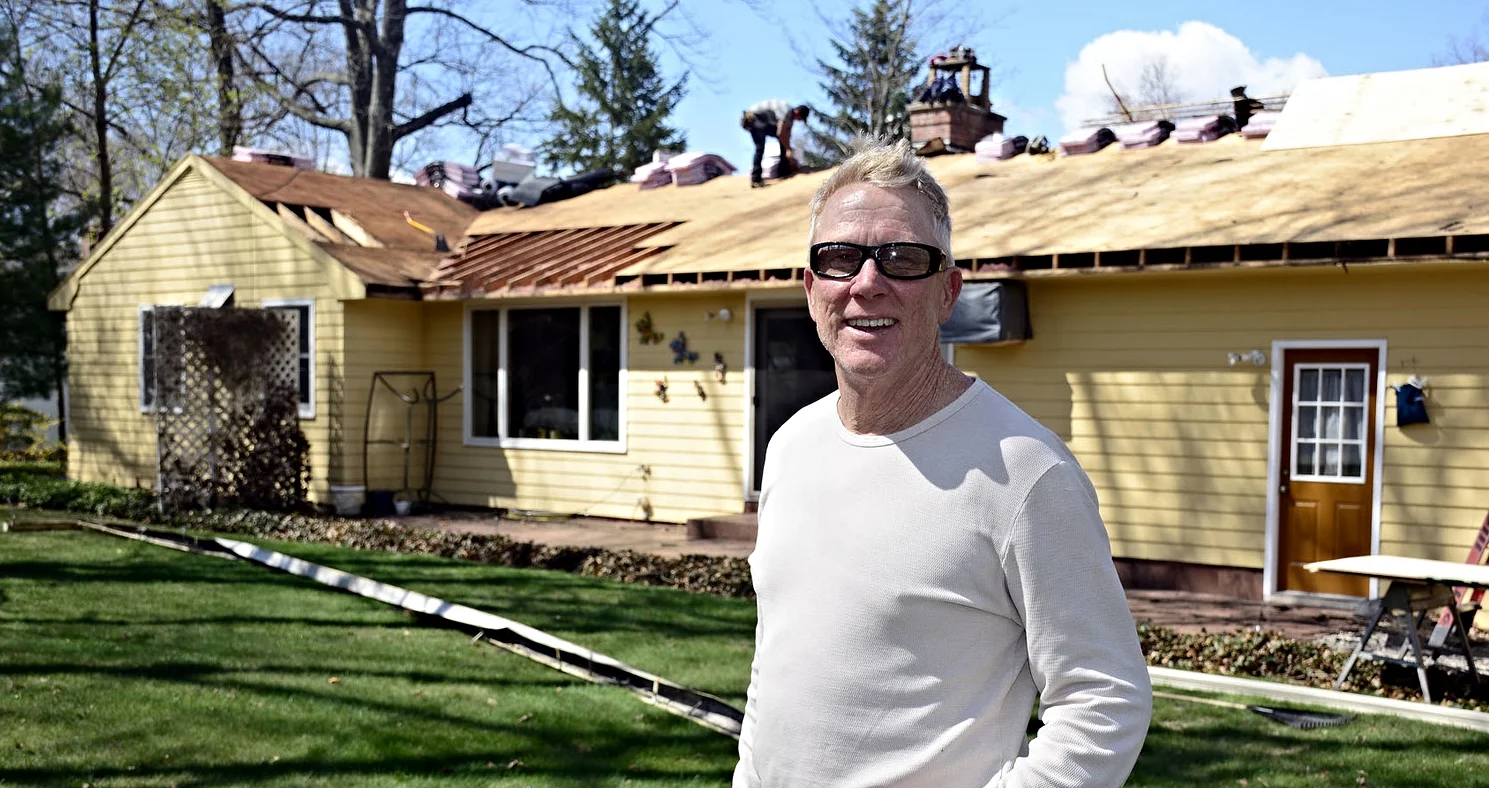A 10-Point Roof and Gutter Inspection Checklist
Chelsea O'Donnell
Maintaining a healthy roof and gutter system is an important step in protecting your home from weather-related damage. Regular inspections can help identify potential issues early on, allowing for timely repairs and avoiding more extensive and costly problems down the line. Let’s walk through the steps a homeowner can take to conduct a thorough inspection of their roof and gutters:
Safety First: Before you begin any inspection, prioritize safety. Use a sturdy ladder that's properly positioned on level ground, and always have someone else there to assist you. Wear appropriate footwear with good traction and consider using safety harnesses for added security, especially if your roof is steep or high.
Exterior Inspection: Start by examining the roof from the ground. Look for any signs of damage such as missing, cracked, or curling shingles. Check for areas where the roof may be sagging, as this could indicate structural issues. Binoculars can be handy for a closer look at hard-to-reach areas.
Roof Surface: If it's safe to do so, carefully climb onto the roof to conduct a more detailed inspection. Walk the entire surface, checking for any loose or damaged shingles, as well as signs of wear and tear. Pay attention to areas around chimneys, vents, and skylights, as these are common trouble spots.
Flashing and Seals: Inspect the flashing around roof penetrations such as chimneys and vents. Look for any signs of deterioration or gaps where water could penetrate. Check the seals around these areas and reapply caulk if necessary to maintain a watertight barrier.
Gutters and Downspouts: Now have a look at the gutters and downspouts. Remove any debris such as leaves, twigs, and dirt that may have accumulated, as clogged gutters can lead to water damage and ice dams in the winter. Ensure that the gutters are securely attached to the fascia board and that downspouts are directing water away from the foundation.
Gutter Alignment: Check the alignment of the gutters to ensure they're sloping slightly towards the downspouts for proper drainage. Use a level to confirm the slope and adjust hangers as needed to maintain the correct angle.
Fascia and Soffits: Inspect the fascia boards and soffits for signs of water damage, rot, or insect infestation. Pay attention to any discoloration, peeling paint, or soft spots, as these could indicate underlying issues that need to be addressed.
Attic Inspection: If accessible, venture into the attic to inspect the underside of the roof deck. Look for signs of water stains, mold, or mildew, which could indicate a leaky roof. Ensure that attic vents are clear of obstruction to allow for proper ventilation.
Documentation: Take photographs of any damage or areas of concern as you conduct your inspection. This documentation can be useful for reference and communication with roofing professionals if repairs are needed.
Professional Evaluation: While DIY inspections are valuable, it's also wise to have your roof inspected by a professional roofing contractor once a year. They have the expertise and experience to identify hidden issues and provide recommendations for maintenance or repairs.
By following these steps, homeowners can get more familiar with roof and gutter maintenance, preserving the integrity of their home and avoiding costly repairs. Remember, regular inspections are key to keeping your roof and gutters in optimal condition and protecting your investment for years to come.
Bob O’Donnell is the owner of O’Donnell Bros. Inc., a Bristol-based home improvement company established in 1975. Email your questions for Bob to info@odonnellbros.com with the subject line “Ask the Pro.” All questions may be considered for publication. To contact Bob for your remodeling needs, call O’Donnell Bros. Inc. at (860) 589-5155 or visit http://www.odonnellbros.com. Advice is for guidance only.
